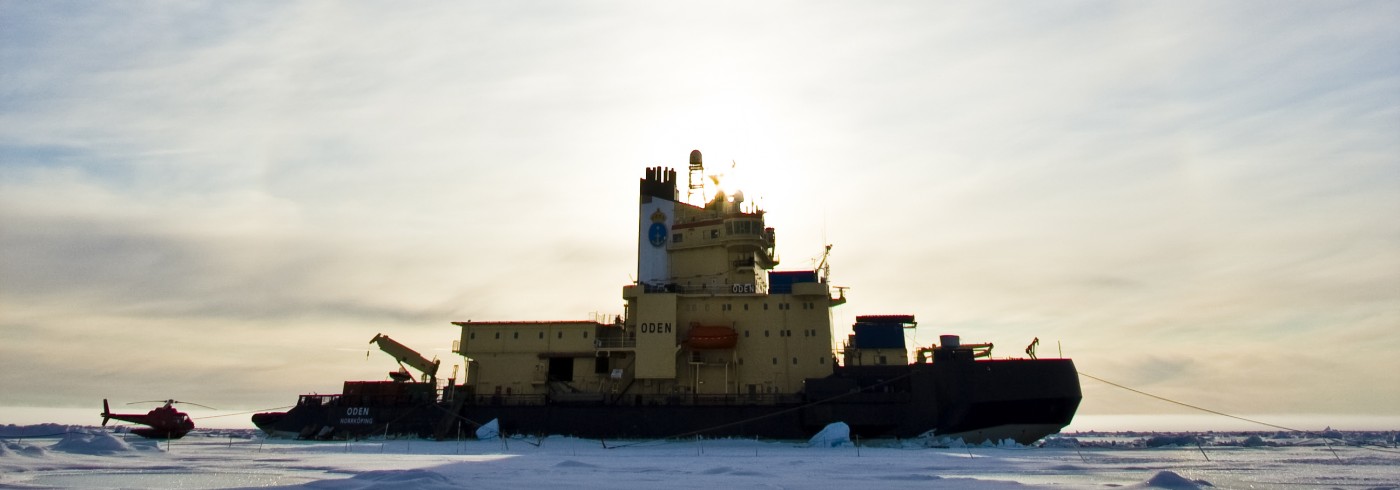The research conducted within the ASCOS framework required advanced logistics and technology. The Swedish Polar Research Secretariat was responsible for logistics and for access to the icebreaker Oden, an important research platform key to the success of this expedition.
Most ASCOS activities was carried out over 40 days in the Arctic Ocean, near the North Pole, while Oden was anchored to drifting sea ice. The research was conducted on board, on the ice, during flights with a tethered balloon, a helicopter and a land-based research aircraft.
The ASCOS research was international and interdisciplinary, and encompassed marine biology, gas and aerosol chemistry, aerosol physics, oceanography, and meteorology. The scientific work was coordinated from Stockholm University, and involved groups of researchers from universities and research institutes in more than ten countries. ASCOS was financed mainly by the Swedish Research Council, Formas, and the Knut and Alice Wallenberg Foundation in Sweden, by the EU, and by the National Science Foundation in the USA.
Why the Arctic?
The climate is changing more rapidly in the Arctic than anywhere else on earth, with serious consequences for flora and fauna and for the Arctic human population. Understanding how current climate changes are affecting the Arctic and its interaction with the global climate system is vital to making projections about the future. Clouds play a key role in the Arctic climate by regulating surface energy fluxes that affect how the sea ice freezes and melts.
The goal of ASCOS was to increase our knowledge of clouds over the central Arctic Ocean by studying processes that are important to their formation and occurrence. This was achieved through interdisciplinary studies in which cloud formation was linked to the microbiological life in the ocean and ice, by means of detailed observations made from several hundred metres below the ocean’s surface to many kilometres up in the atmosphere:
- physical, chemical and biological characterization of the ocean and ice
- measuring exchange processes at the ocean-air interface
- sampling gases and aerosol particles in the atmosphere
- measuring meteorological processes in the lowest layer of the atmosphere
ASCOS yielded unique measurements that provided detailed information about fundamental processes involved in cloud formation in the Arctic. These findings are essential to our ability to understand the Arctic climate, its sensitivity, and its responses to anthropogenic climate change.
Short research history
ASCOS was the fourth research expedition to the central Arctic Ocean to support atmospheric research; the earlier expeditions took place in 1991, 1996, and 2001. Repeated expeditions to the same area, with the same objectives, make it possible to follow up changes and variability in the Arctic, and to accumulate knowledge of ongoing climate processes occurring there. Access to the icebreaker Oden as a research platform, combined with the logistics support provided by the Swedish Polar Research Secretariat, offered researchers a unique opportunity to conduct advanced research in a highly inaccessible region.
Principal investigators
Michael Tjernström
Stockholm University
Caroline Leck
Stockholm University


